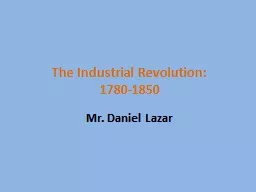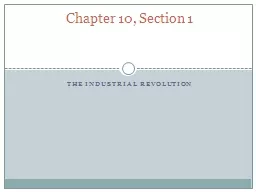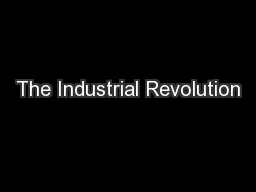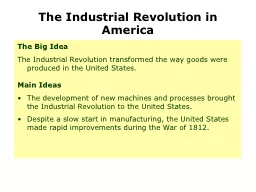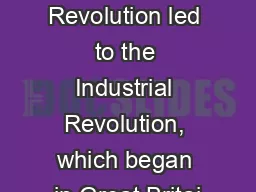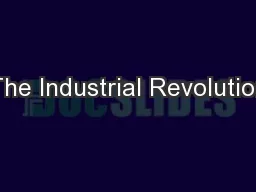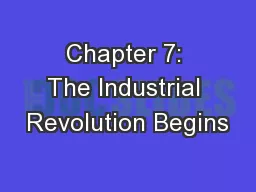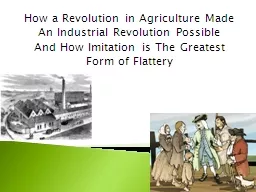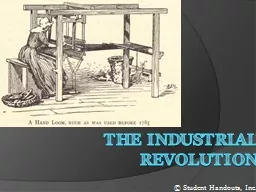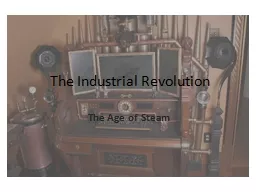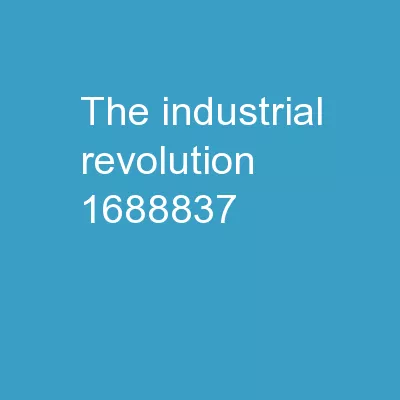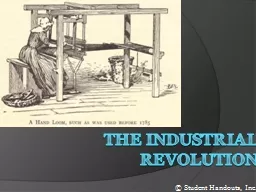PPT-The Industrial Revolution:
Author : lois-ondreau | Published Date : 2018-02-21
17801850 Mr Daniel Lazar Lecture Outline Overview of the IR Proto IR Why England Spread of the IR German IR Effects of the IR Proletarian Responses Government Responses
Presentation Embed Code
Download Presentation
Download Presentation The PPT/PDF document "The Industrial Revolution:" is the property of its rightful owner. Permission is granted to download and print the materials on this website for personal, non-commercial use only, and to display it on your personal computer provided you do not modify the materials and that you retain all copyright notices contained in the materials. By downloading content from our website, you accept the terms of this agreement.
The Industrial Revolution:: Transcript
Download Rules Of Document
"The Industrial Revolution:"The content belongs to its owner. You may download and print it for personal use, without modification, and keep all copyright notices. By downloading, you agree to these terms.
Related Documents

